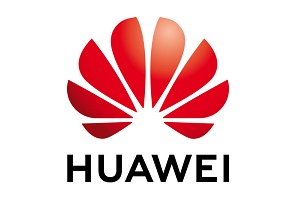Shenzhen, China – Huawei and OPPO announced the signing of a global patent cross-licensing agreement, which covers cellular standard essential patents, including 5G.
“After more than 20 years of continuous innovation, Huawei has developed multiple high-value patent portfolios in the global marketplace in domains like 5G, Wi-Fi, and audio/video codecs,” says Alan Fan, head of Huawei’s intellectual property department. “We are delighted to have reached a cross-licensing agreement with OPPO. The mutual recognition of intellectual property value between companies is a major step towards fostering a positive cycle of innovation and research in high-value standards: investing, receiving returns from investment, and then reinvesting. This will enable our industry to keep innovating and provide consumers with more competitive products and services.”
“We are very pleased to enter into patent cross-licensing agreement with Huawei. It clearly demonstrates that the two companies recognise and greatly respect the value of each other’s intellectual property. It is a win-win deal for both sides,” states Adler Feng, OPPO’s chief intellectual property officer. “We will, as always, advocate for the establishment of a sustainable, healthy intellectual property ecosystem, where intellectual property licenses can be resolved through amicable negotiations and every company’s patent value are highly respected.”
Comment on this article below or via Twitter: @VanillaPlus OR @jcvplus






